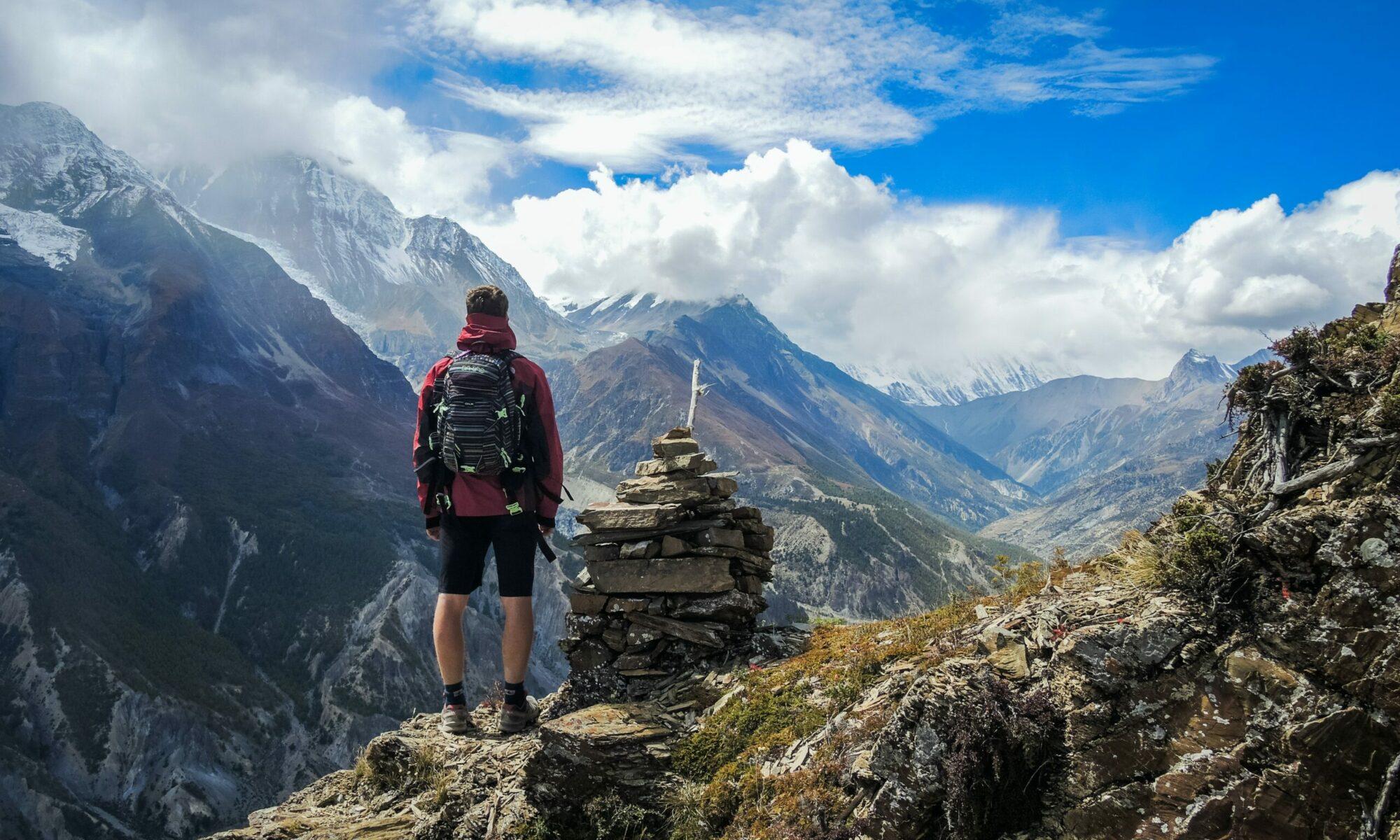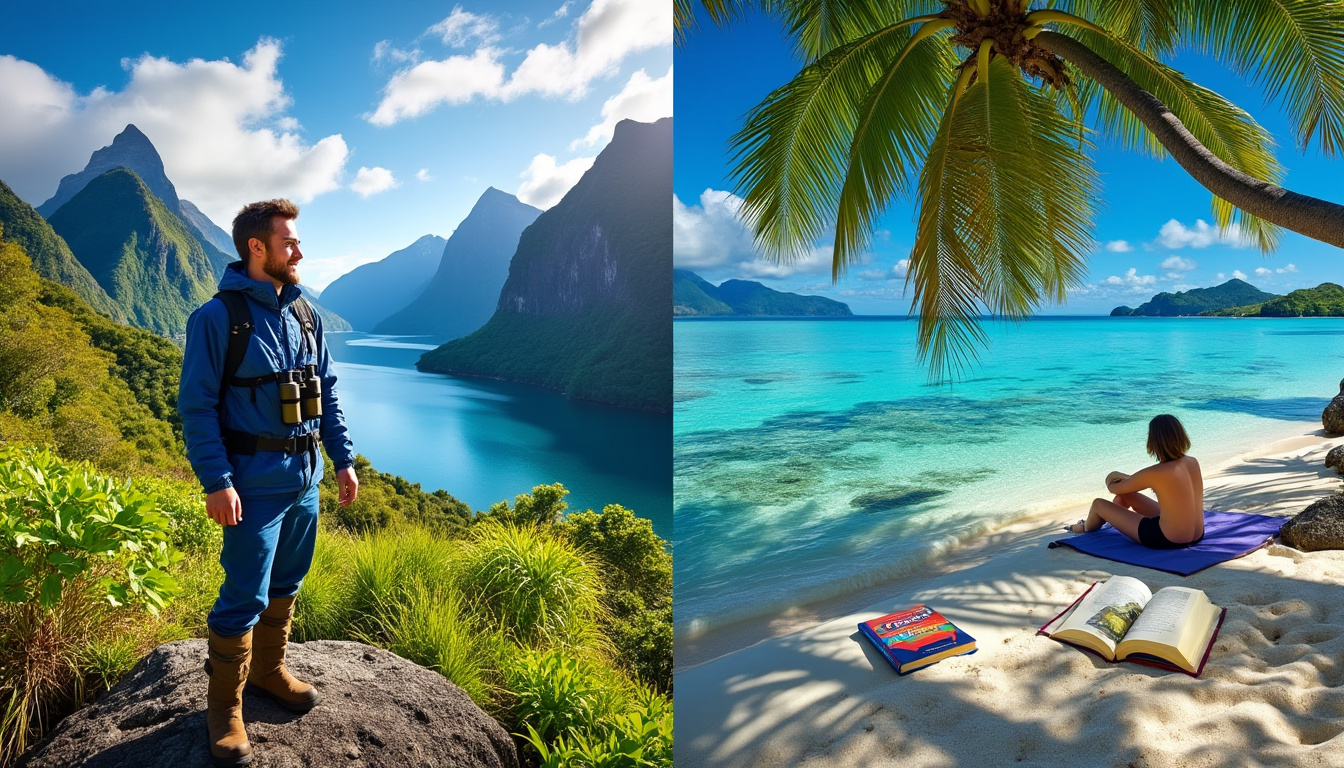Embarking on a journey through New Zealand and Fiji in 2025 offers a blend of vibrant culture and breathtaking landscapes. However, maximizing enjoyment while ensuring safety and convenience requires more than enthusiasm—it calls for well-tested travel strategies. Through a meticulous evaluation of three distinct travel tips during this bi-country adventure, insights emerge on what truly enhances the traveler’s experience and what pitfalls to avoid. From leveraging government travel advisories to managing carry-on essentials and stepping beyond one’s comfort zone, this exploration illuminates practical advice for globe-trotters seeking both thrill and security amid the natural wonders of the South Pacific.
Using smartraveller to enhance travel safety and planning
The Smartraveller website, a resource maintained by the Australian Government, stands out as an indispensable tool for anyone venturing internationally, especially to destinations like New Zealand and Fiji. It offers over 175 destination advisories covering critical information ranging from health precautions to legal matters and emergency contacts.
For travelers booking with airlines such as Air New Zealand and Fiji Airways, cross-referencing Smartraveller updates ensures preparedness, especially when dealing with varying safety recommendations between countries. This platform’s free subscription service delivers continuous updates during trips, a feature that proves invaluable in rapidly changing situations.
- Comprehensive travel safety guidelines tailored for New Zealand and Fiji
- Real-time alerts and updates enhancing trip adaptability
- Detailed advice on nightlife safety, including drink spiking awareness
- Access to local emergency numbers and medical assistance tips
| Feature | Benefit for Travelers |
|---|---|
| Travel advisories for 175+ destinations | Informed decision-making before and during the trip |
| Health and safety recommendations | Reduced risk of encountering local hazards |
| Emergency contact information | Quick access to help when needed |
| Email subscription for updates | Stay informed on last-minute changes |
Utilizing Smartraveller alongside travel guides such as Lonely Planet and Rough Guides equips travelers with both official advisories and cultural insights, enhancing the overall travel experience and safety.
Challenges of managing carry-on luggage effectively during international trips
While many travel-focused platforms like Travelocity, Expedia, and Booking.com consistently recommend packing minimally for carry-ons, practical complications arise, especially when dealing with airline regulations concerning batteries and electronics.
An instance encountered during travels with Air New Zealand revealed the pitfalls of placing wireless earbuds—considered as containing batteries—into checked luggage. This oversight led to the earbuds being discarded, underlining the necessity of understanding airline policies thoroughly.
- Carry essential electronics safely in carry-on baggage
- Include a change of clothes to mitigate lost luggage issues
- Review airline-specific baggage restrictions via official carrier websites
- Consider upgrading carry-on allowances for greater flexibility
| Airline | Typical carry-on allowance | Battery Restrictions | Recommended packing tip |
|---|---|---|---|
| Air New Zealand | 1 carry-on bag + 1 personal item | Devices with lithium batteries must be in carry-on | Pack all battery-powered devices in the carry-on |
| Fiji Airways | 1 carry-on bag | Strict restrictions on batteries in checked luggage | Check airline policy before packing |
Backpackers and travelers opting for guided tours with agencies like Kiwi Experience or Intrepid Travel find that strategic carry-on packing dramatically improves mobility and readiness, especially in unpredictable travel scenarios.
Balancing adventure and comfort zone: an honest look at exploring outdoors in New Zealand
Venturing beyond comfort zones can enrich travel experiences, but the reality of embracing new physical challenges, such as biking across Queenstown’s trails, can sometimes be undercut by unforeseen obstacles. Notably, New Zealand’s outdoor terrain includes surprises like native cacti, which can test even the most prepared travelers.
Learning from such experiences urges travelers to assess their physical readiness honestly and opt for comprehensive coverage, such as travel insurance, to mitigate risks associated with adventurous activities.
- Research local terrain specifics before outdoor activities
- Prepare for unexpected natural hazards unique to the destination
- Equip yourself with travel insurance covering adventure sports
- Balance risk-taking with personal physical comfort and safety
| Activity | Considerations | Recommended preparation |
|---|---|---|
| Biking in Queenstown | Varied trail conditions, presence of cacti | Use protective clothing and pre-ride training |
| Hiking in New Zealand | Rapidly changing weather, rugged terrain | Check weather forecasts and hire guides if needed |
Backpacking enthusiasts utilizing Rough Guides and Lonely Planet insights can prepare better for such ecological particularities, ensuring a safer yet exhilarating adventure.
frequently asked questions about traveling in New Zealand and Fiji
- How can travelers stay updated on safety advisories during their trip?
Subscribing to services like Smartraveller provides real-time updates and essential safety warnings for destinations like New Zealand and Fiji. - What are essential packing tips for carry-on luggage to comply with airline rules?
All lithium battery-powered devices should be kept in carry-on bags, and a change of clothes should be included to counteract checked bag mishaps. - Is travel insurance necessary when engaging in outdoor adventures in New Zealand?
Yes, due to terrain challenges and potential accidents, comprehensive travel insurance is highly recommended. - Which airlines operate flights between Australia, New Zealand, and Fiji?
Air New Zealand and Fiji Airways are the primary carriers offering routes connecting these countries. - What travel guides are best for planning a trip through New Zealand and Fiji?
Lonely Planet, Rough Guides, and resources from Backpackers communities provide valuable information and insider tips.


